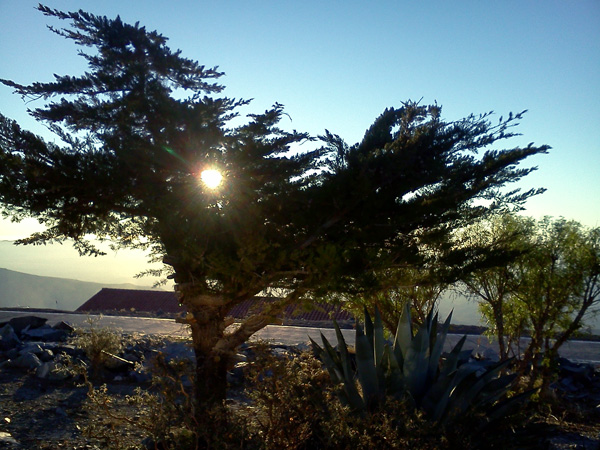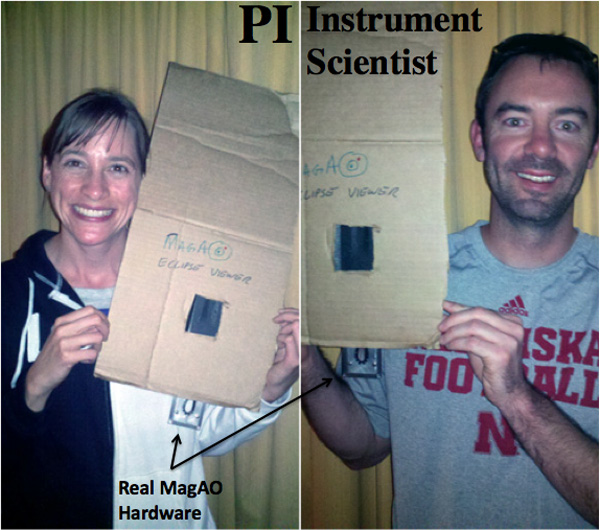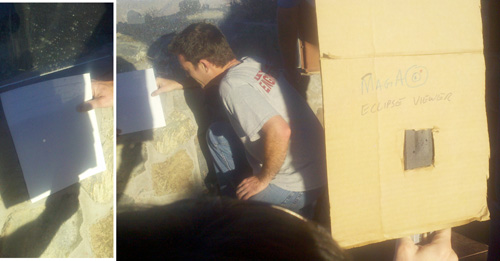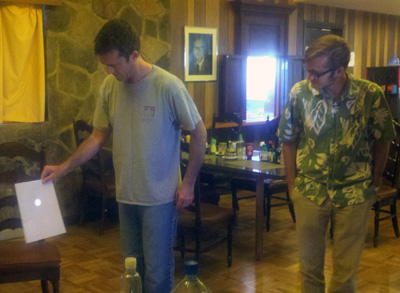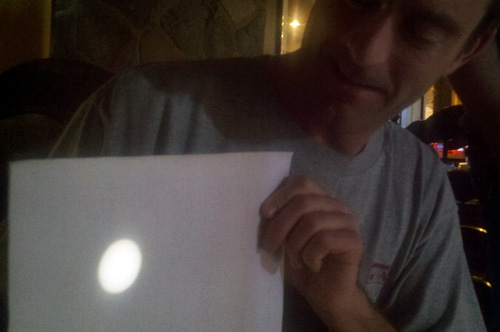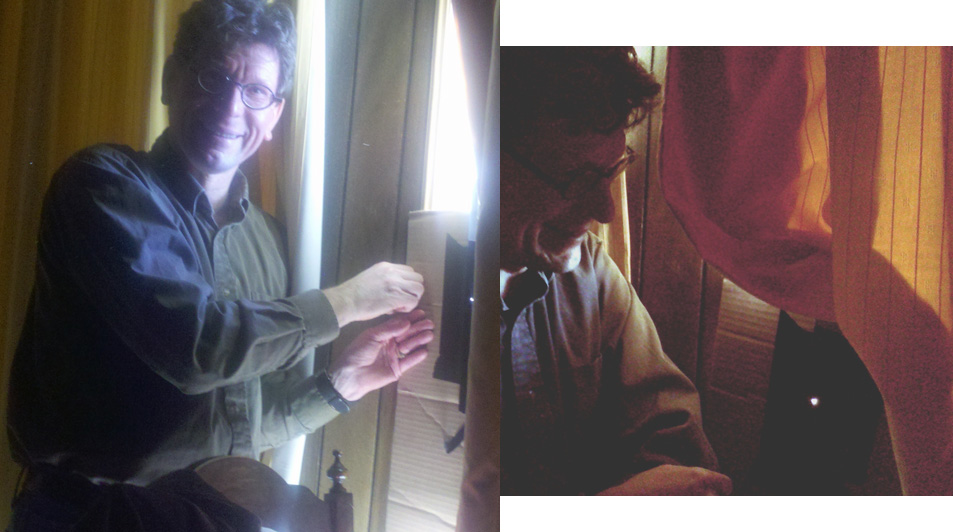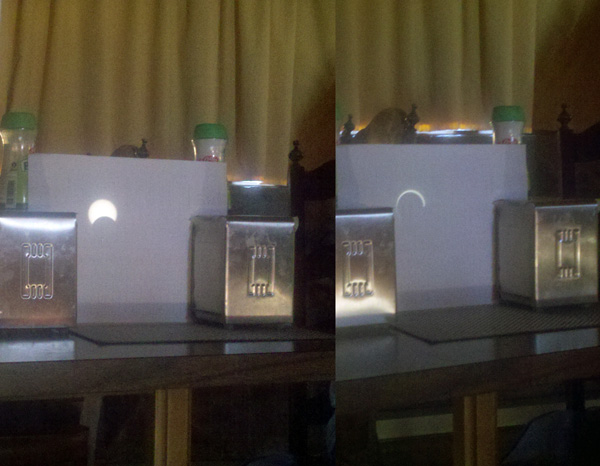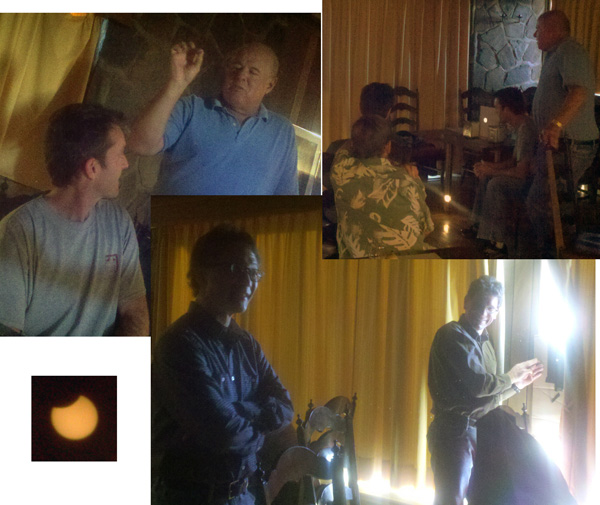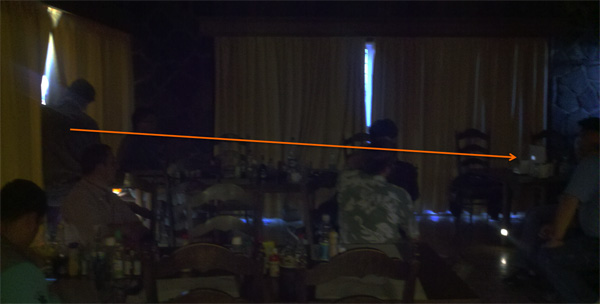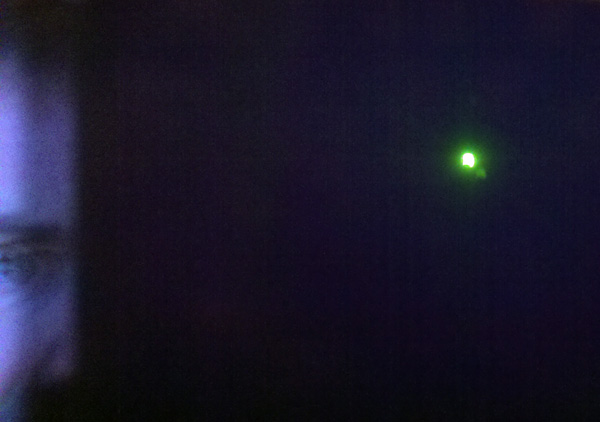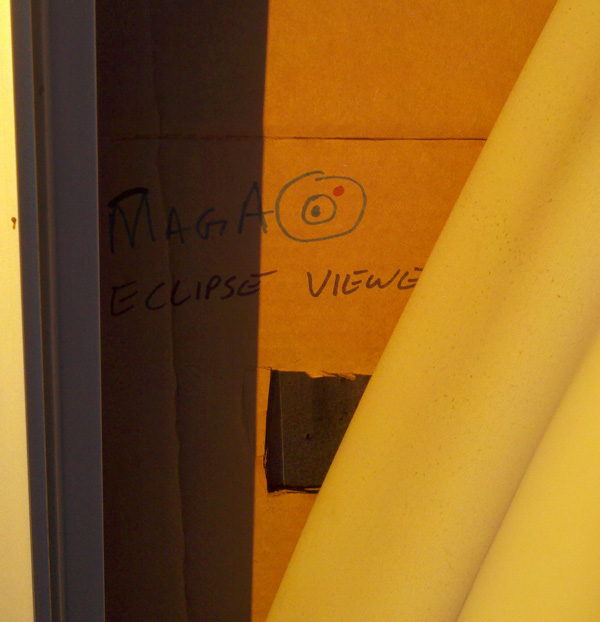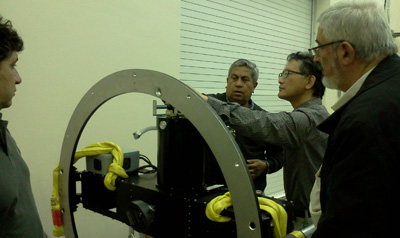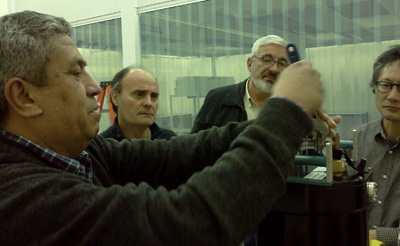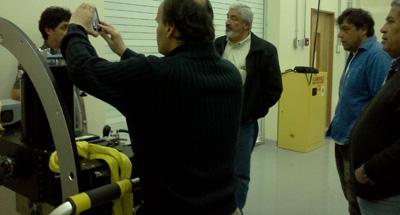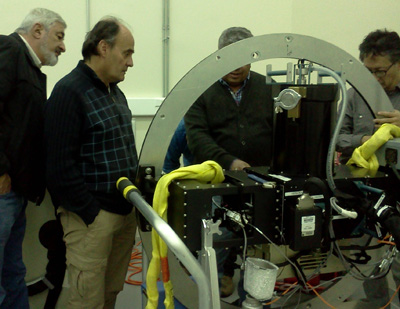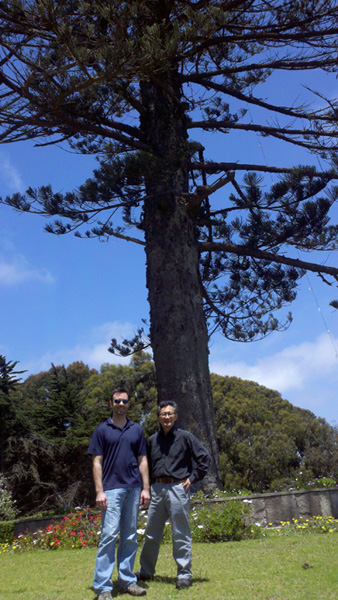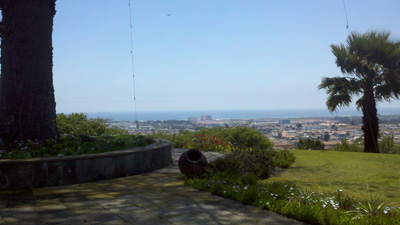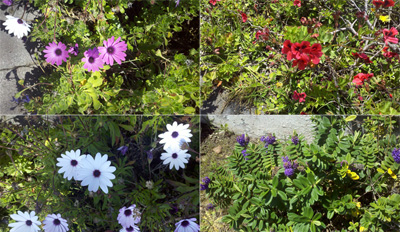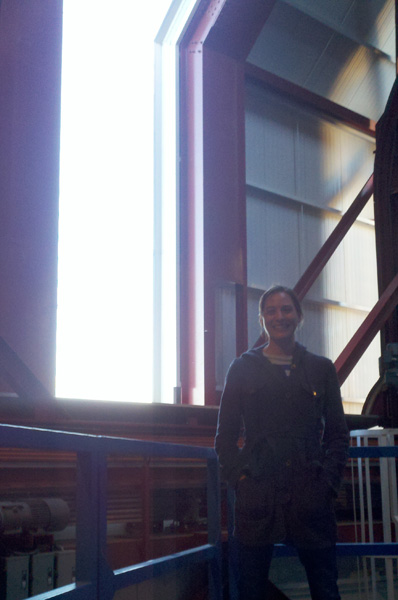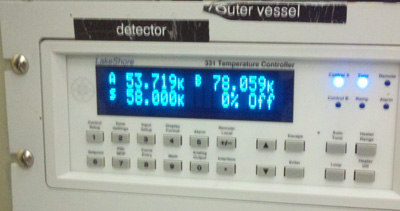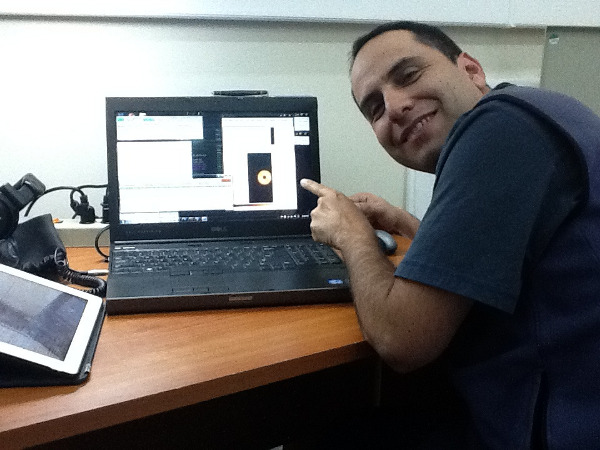Today we installed the Adaptive Secondary Mirror (ASM), a critical and exciting event! This is our 1.6 mm thick 85 cm wide fragile thin shell that was transported to the summit yesterday. It is now hanging up high above the primary mirror in the dome of the Magellan Clay telescope.
We woke up this morning to clouds in the valley to the west — the marine layer.
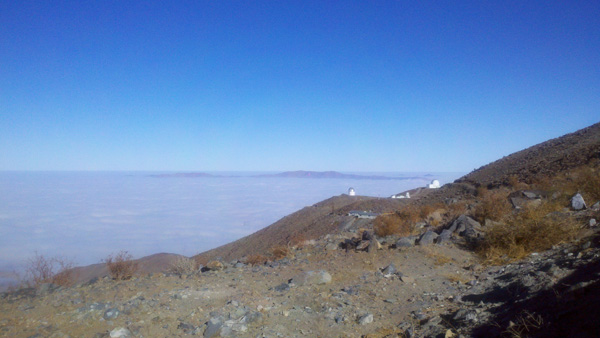
First, LCO staff removed the f/5 and f/11 mirrors, finishing all that before lunch! In the afternoon, we transported the ASM to the dome from the aux, and the entire installation process took until dinner or later.
We brought the ASM into the Clay dome using the handling cart (“CartRaptor”).
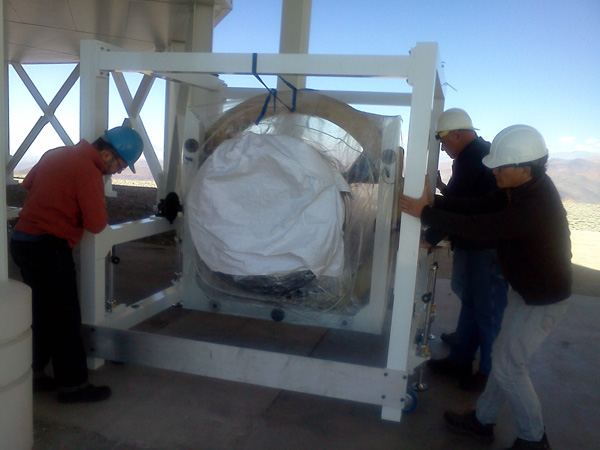
Once on the dome floor, we attached a harness, removed one bar of the handling cart to fit the ASM through, and attached a crane to raise it up out of the cart.
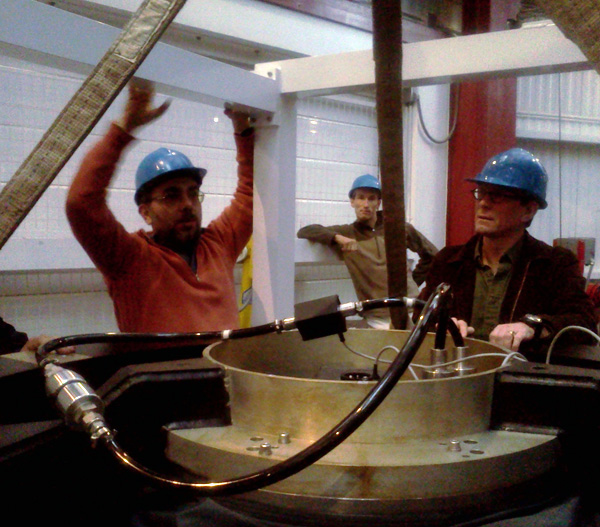
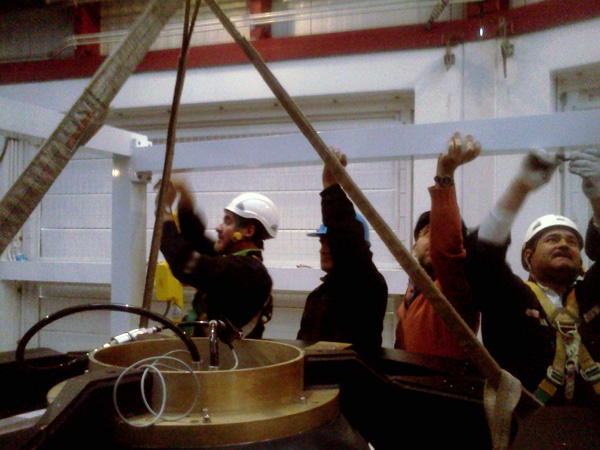
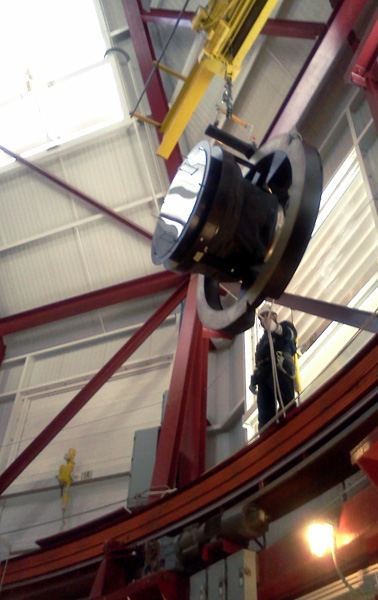
Juan directed the LCO staff doing the heavy lifting.
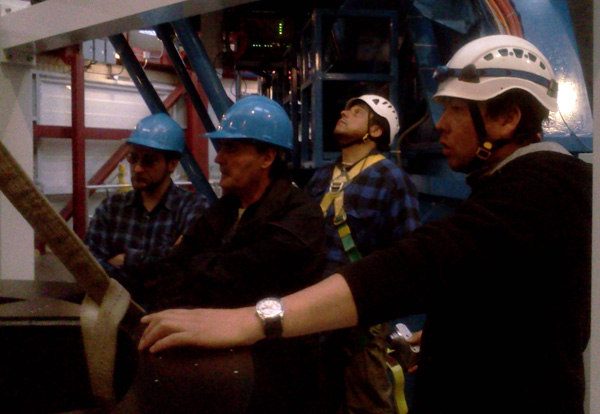
Armando supervised handling of the ASM.
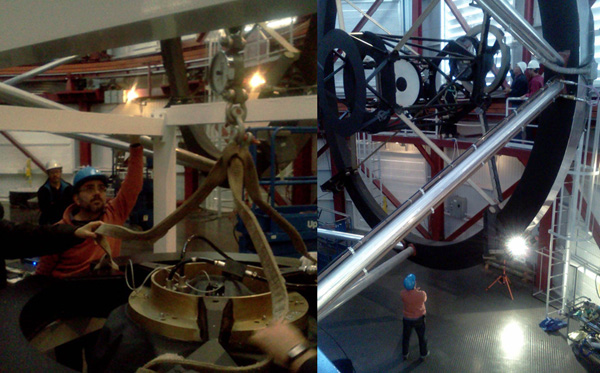
Derek installed the CRO (Calibration Return Optic — pretty much a retro-reflector) and laser:
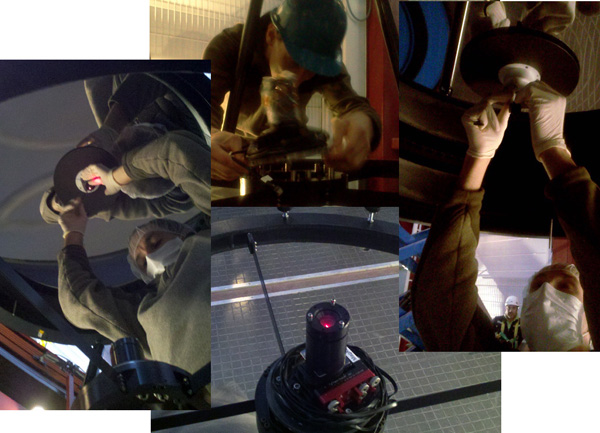
Then we lifted the ASM to the level of the secondary truss, and rotated the dome around until it was lined up with the tipped-over telescope.
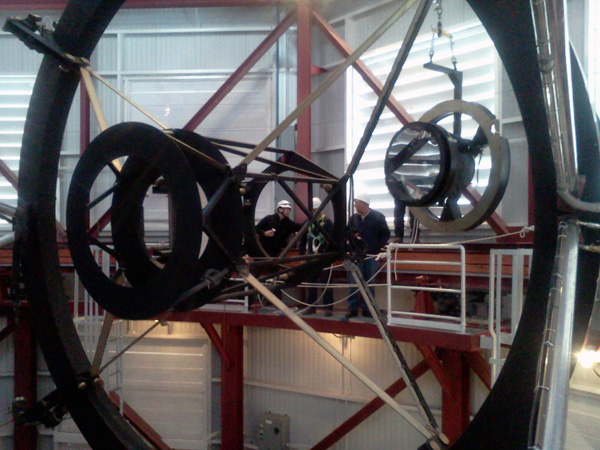
Finally, we installed the ASM to the secondary truss of the Clay telescope!
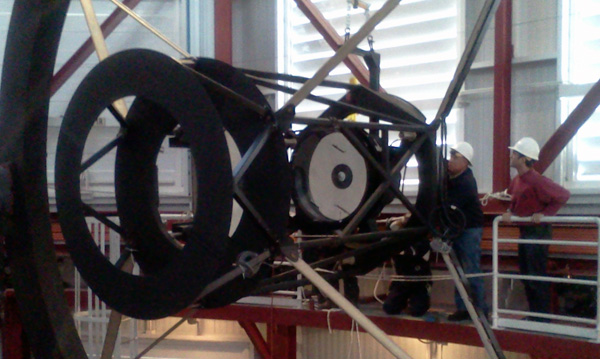
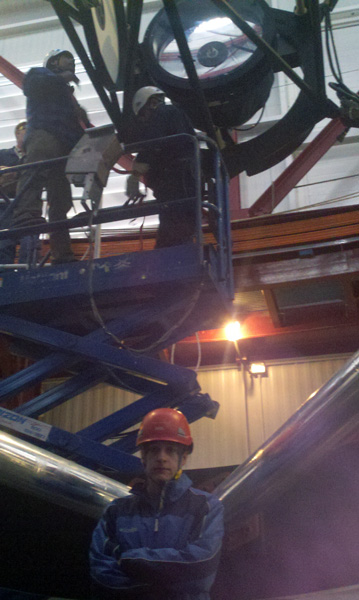
And our quote, now that we’ve gotten the ASM safely from Tucson to Florence to Tucson to Florence to Chile and up to the Clay:
“If I’d known how much shipping we were going to do, I would have picked a different project” — Laird Close
